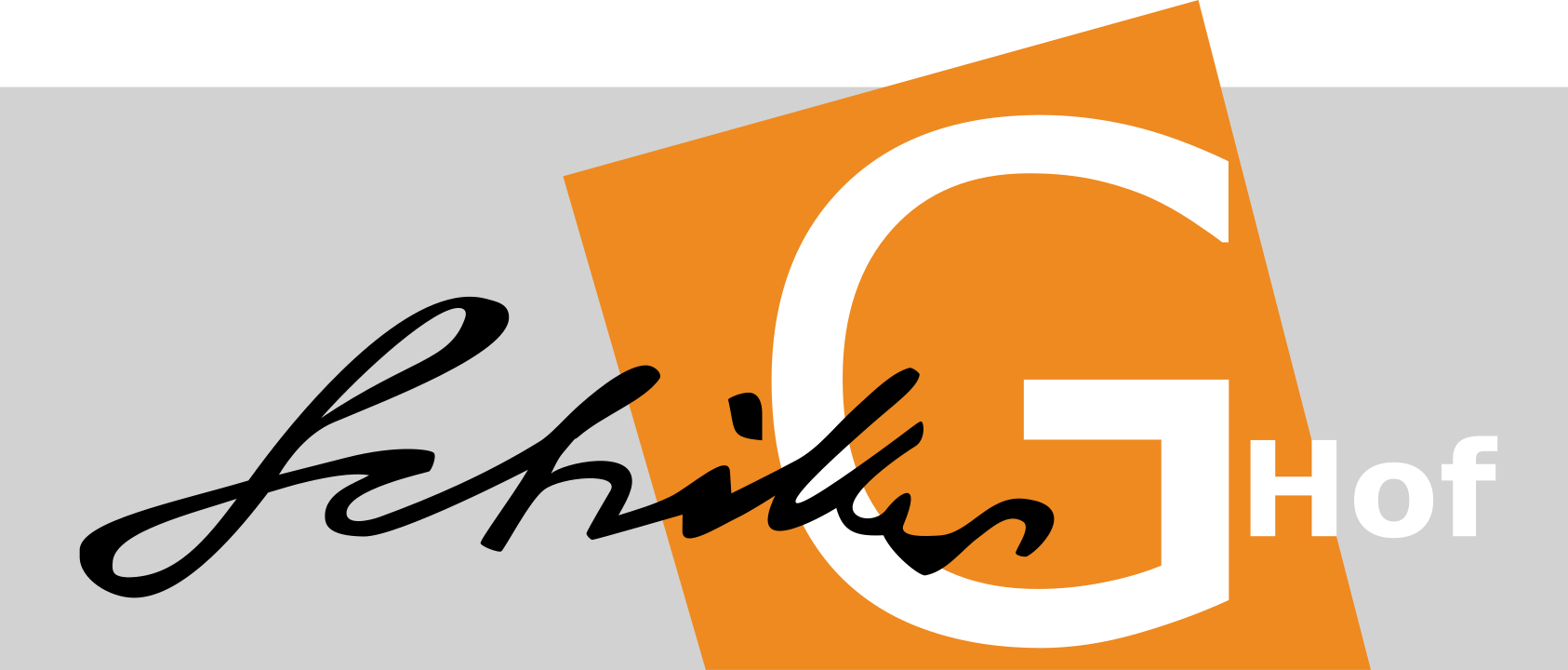April boycott in Hof
The National Socialists‘ ‘seizure of power’ in 1933
The National Socialists‘ seizure of power refers to Hitler’s appointment as Reich Chancellor and the subsequent seizure of all state power. On the night of 27 to 28 February 1933, the Reichstag was set on fire, which was blamed on all communists and used as an opportunity to persecute them. On 28 February 1933, the ‘Reichstag Fire Decree’ came into force, which restricted or even suspended essential basic rights. The ordinance also provided for stricter penalties, for example the death penalty was imposed for treason and arson.
The boycott of Jewish shops, companies and freelancers in April 1933 and arrests
Shortly after Hitler’s appointment as Reich Chancellor, new attacks on Jewish shops and businesses began. By the end of March, Jewish shops, doctors‘ and lawyers‘ surgeries in several major German cities had been forcibly closed, and several owners had been robbed and expelled. On 9 March, members of the SA arrested dozens of Eastern European Jews in Berlin’s Scheunenviertel district and abused them in the cellars of their stations. The boycott began throughout the German Reich on 1 April 1933, when members of the SA, the HJ and the Stahlhelm positioned themselves in front of shops, law firms and doctors‘ surgeries with Jewish owners and prevented customers, clients and patients from entering. They were to prevent customers, clients and patients from entering. Propaganda signs with inscriptions such as ‘Don’t buy from Jews!’ supported the boycott. People who opposed the boycott were publicly defamed.
In Nazi propaganda, this action was reinterpreted as a defensive measure against the alleged ‘Jewish declaration of war against Germany’ and foreign ‘atrocity propaganda’ and as a defence against so-called ‘international financial Jewry’. To emphasise this propaganda, some boycott signs were even written in English.
Daily newspapers such as the Hofer Anzeiger also supported the boycott with propaganda.
What happened in Hof?
Propagandistic newspaper articles appeared in the Hofer Anzeiger days before the protest. The call for a boycott, which was published on 1 April 1933, justified the measure as a just response to the alleged ‘vile Jewish atrocity propaganda abroad’. ‘Germans’ who still shopped with “Jews” were accused of treason and threatened with exclusion from the ‘community of destiny of all Germans’.
The boycott began on 31 March 1933 with an NSDAP rally in Hof, at which the NSDAP district leader Benno Kuhr gave a slanderous and inflammatory propaganda speech.
Arrests during the boycott:
A number of Jewish men were also taken into protective custody in Hof during the protest. The exact number is not known. These included David Blauzwirn, Dr Georg Braun, Max Franken, Salomon Linz, Herbert Frank, Dr Fritz Kronenberger, Simon and Selma Rapp and Leopold Weil. Even after the official end of the boycott, two SA men positioned themselves in front of each shop and simply stood there without saying a word or doing anything. To mark the Jewish shops, the NSDAP put black signs with a yellow circle saying ‘Jew’ in the shop windows. Even though the citizens of Hof continued to shop in Jewish shops, sales fell sharply in the following period.
The April boycott was the first organised measure as part of a systematic policy of exclusion of the Jewish German population from business and society. In the years that followed, Jews became victims of a systematic Aryanisation of their property and deprivation of all rights. The systematic and industrialised extermination policy against the Jewish population began in 1941 at the latest.
